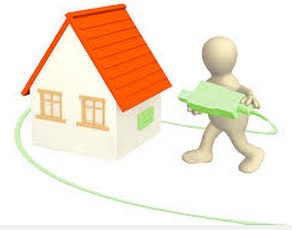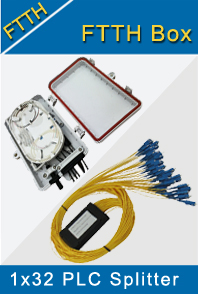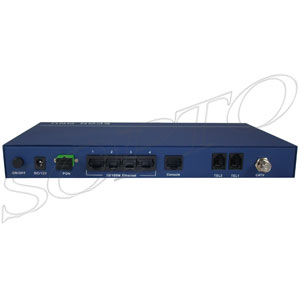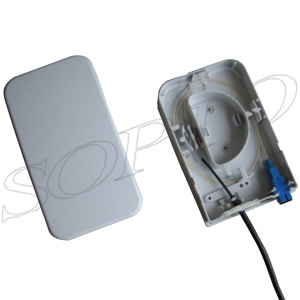-

- Sopto Home
-

- Special Topic
-

- FTTH Knowledge
-

- Technology for FTTH Development
FTTH Knowledge
- Solving the FTTH Rollout Problem in Multiple Dwelling Units
- WDM PON Introduction FAQ
- A Simple Overview of Optical Power Meter
- ODN is based on PON FTTH Optical Cable Network of the Device
- Using an OTDR to be an Expert in Fiber Link Testing
- How FTTH Broadband Works?
- Connections among Fiber Terminal Boxes & Patch Cables & Pigtails
- Easy to Install a Fiber Terminal Box
- What is Arrayed Waveguide Grating?
SOPTO Special Topic
Certificate



Guarantee
Except products belongs to Bargain Shop section, all products are warranted by SOPTO only to purchasers for resale or for use in business or original equipment manufacturer, against defects in workmanship or materials under normal use (consumables, normal tear and wear excluded) for one year after date of purchase from SOPTO, unless otherwise stated...
Return Policies
Defective products will be accepted for exchange, at our discretion, within 14 days from receipt. Buyer might be requested to return the defective products to SOPTO for verification or authorized service location, as SOPTO designated, shipping costs prepaid. .....
Applications

Sopto supply the best FTTH solutions for your network!
SOPTO Products
- Fiber Optic Transceiver Module
- High Speed Cable
- Fiber Optical Cable
- Fiber Optical Patch Cords
- Splitter CWDM DWDM
- PON Solution
- FTTH Box ODF Closure
- PCI-E Network Card
- Network Cables
- Fiber Optical Adapter
- Fiber Optical Attenuator
- Fiber Media Converter
- PDH Multiplexers
- Protocol Converter
- Digital Video Multiplexer
- Fiber Optical Tools
- Compatible
Related Products
Performance Feature
FTTH Knowledge
Recommended

Technology for FTTH Development
When considering a new fiber to the home (FTTH) project, people often ask which technology they should use. My initial response is usually a technically savvy, "It depends." A number of technical FTTH network alternatives are available, and they all have advantages and disadvantages. The challenge is to select the technology that is the most cost-effective match for the customer's current and possible requirements in the future.
The choices generally fall into two categories: passive or active.
Passive optical networks (PONs) have no powered components between the end subscriber and the main distribution point such as a central office or head end. The key characteristic of PONs is that their fiber networks utilize a point-to-multipoint architecture that looks like a tree structure. Passive optical splitters are used to divide the signal among multiple subscribers, typically 32 or 64. The fiber between the last splitter and the end subscriber is dedicated to the subscriber, but all other fiber is shared.

The most common types of PONs are Gigabit PON (GPON) and Ethernet PON (EPON). The current ITU-T G.984 GPON standard has an asymmetrical bandwidth capacity of 2.488Gbps downstream and 1.244Gbps upstream. The IEEE 802.3 EPON standard has symmetrical bandwidth capacity of 1Gbps upstream and downstream. The standards for both PON technologies, however, are now being updated to support 10Gbps speeds.

Active optical networks (AONs), also called Active Ethernet or Active-E in the world of FTTH networks, utilize traditional Ethernet technologies in a point-to-point star topology. One or more fibers are dedicated to each end subscriber between the subscriber's premise and the first tier of active Ethernet switching/routing equipment. This equipment may be distributed and powered out in the field, or it may be collocated at the main distribution point. With AONs, any standard Ethernet fiber optic transceiver may be used now for capacity up to 1Gbps or even 10Gbps and eventually up to 40Gbps and beyond.
For more info, please browse our website. For the newest quotes of our products, please contact a Sopto representative by calling 86-755-36946668, or by sending an email to info@sopto.com.



